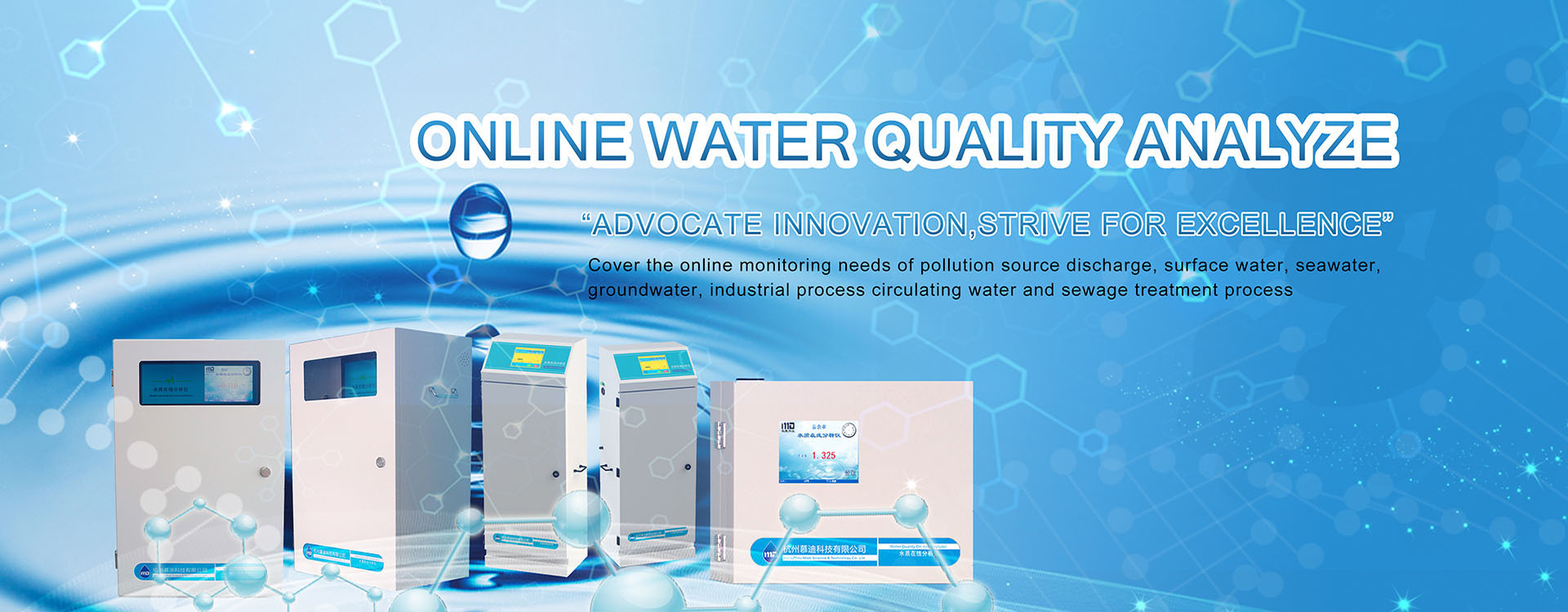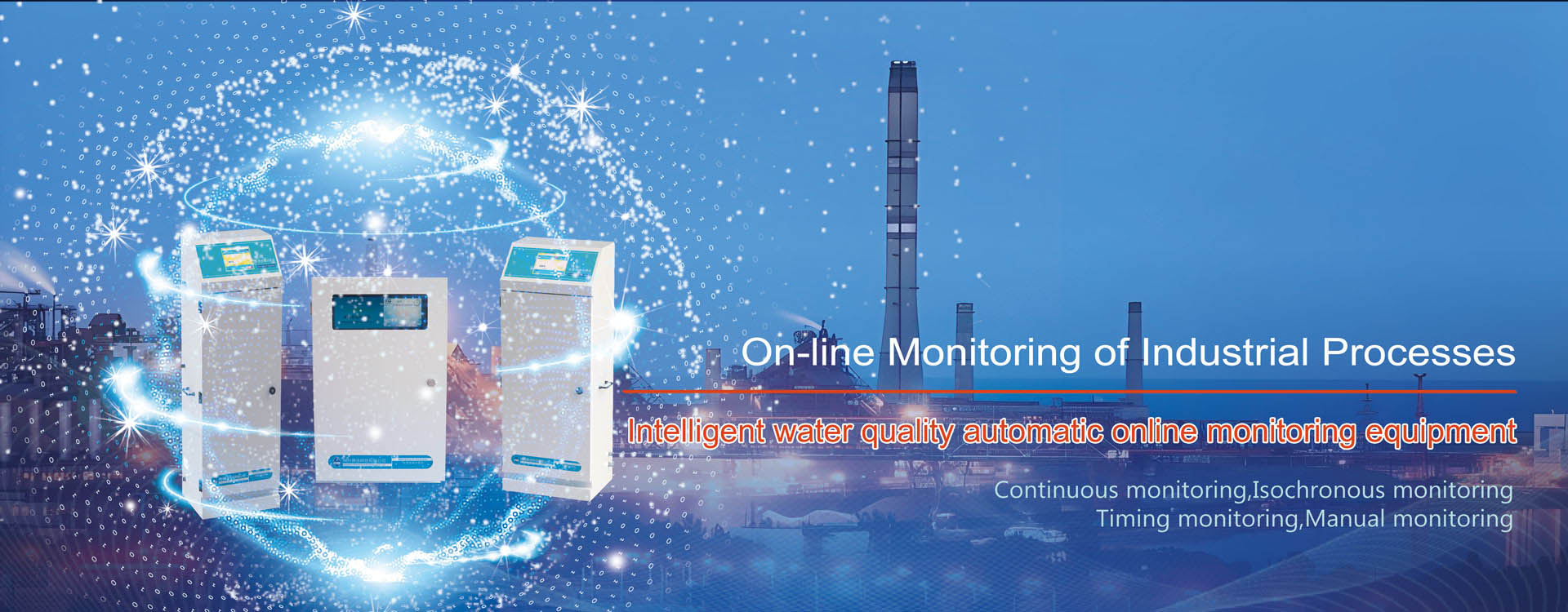With the continuous progress of society, the issue of water quality has always attracted everyone’s attention. In this way, water quality testing is an indispensable link to ensure water quality safety. In this chapter, let’s all learn together how to use the “Five Characteristics” to reflect the problems in water quality monitoring work.
Water quality monitoring is used to determine the types of pollutants in water bodies, the concentrations of various pollutants and their changing trends, and it is a process for evaluating water quality conditions. The main purpose of monitoring is to monitor the water quality in real time. The monitoring methods vary for different parameters, such as spectrophotometry and colorimetry. The “five characteristics” of online water quality monitoring results include representativeness, accuracy, precision, comparability and completeness. Among them, representativeness and accuracy are the contents to be understood in this chapter.
Representativeness refers to the representative time and place, and the collection of valid samples in accordance with the sampling requirements. The collected samples must be able to reflect the true status of total iron in water quality, and the monitored data must truly represent the existence state of a certain pollutant in water and the water quality conditions. The distribution of any pollutant in water cannot be so uniform. Therefore, to ensure that the monitoring data truly reflect the current environmental quality and the discharge situation of pollution sources, it is necessary to fully consider the temporal and spatial distribution of the measured pollutants. This requires first optimizing the layout of sampling points to ensure that the water samples collected are representative.
Accuracy refers to the degree of conformity between the measured value and the true value. The accuracy of monitoring data is affected by the environment from the on-site fixation, storage, transmission of the sample to the detection and analysis. It is generally characterized by the accuracy of the monitoring data. Accuracy is commonly used to measure the degree of conformity between the analytical results obtained by a specific analytical program and the assumed or recognized true values. The accuracy of an analytical method or system is a comprehensive indicator reflecting all the errors existing in the entire method and measurement system, and it determines the reliability of the entire analysis result!
There are two methods for evaluating accuracy. One is standard sample analysis, which involves analyzing standard samples and understanding the accuracy of the analysis based on the obtained results. The other one is the determination of recovery rate, which is measured by adding a certain amount of standard substance to the sample.




